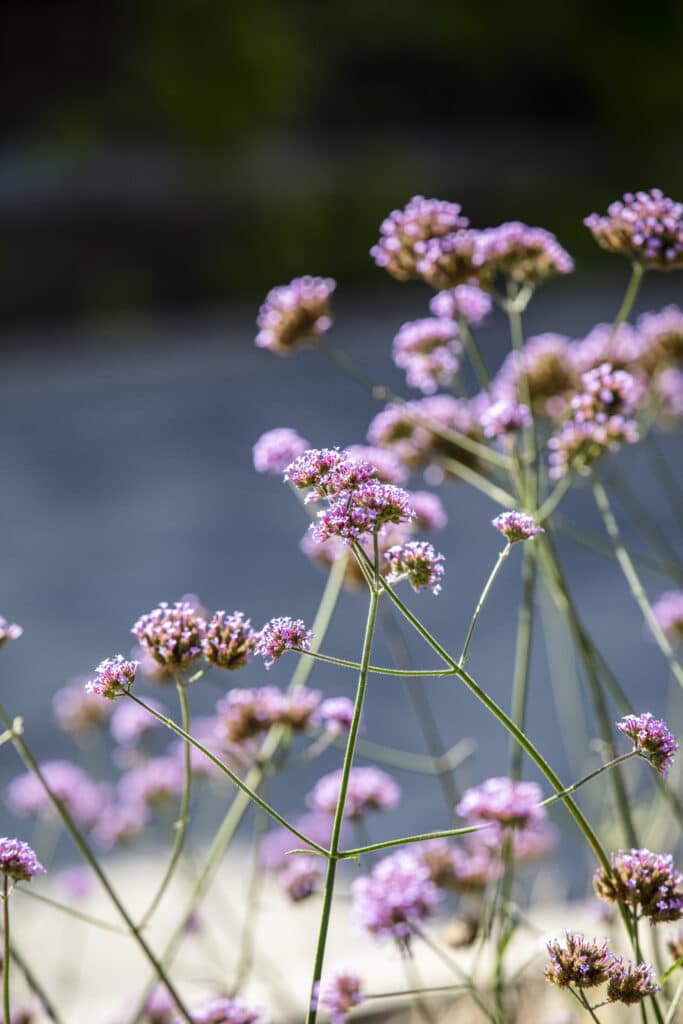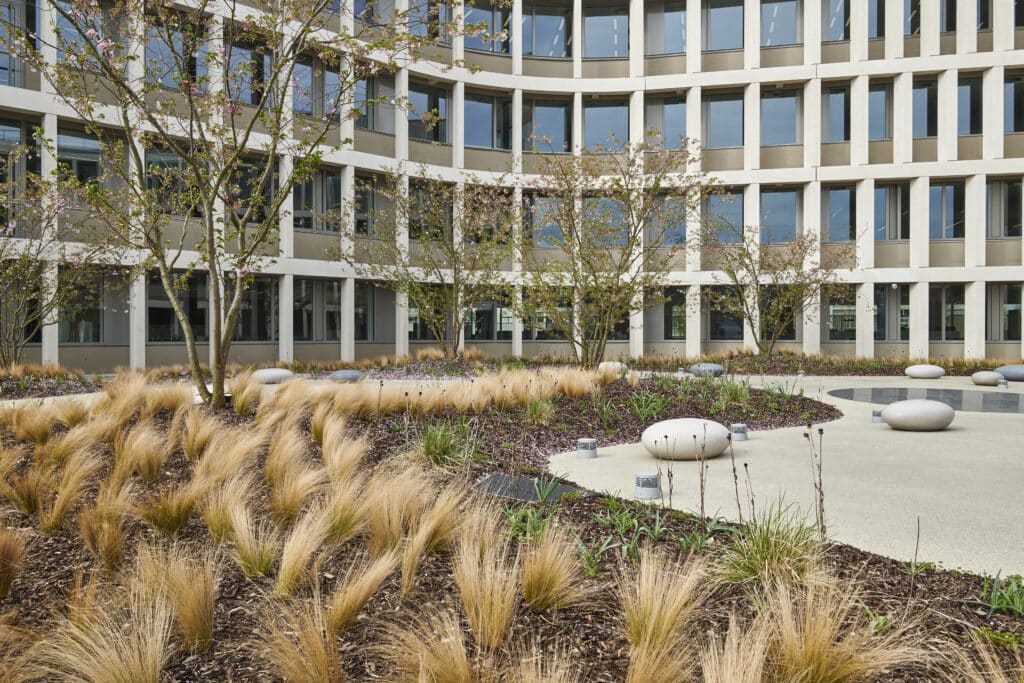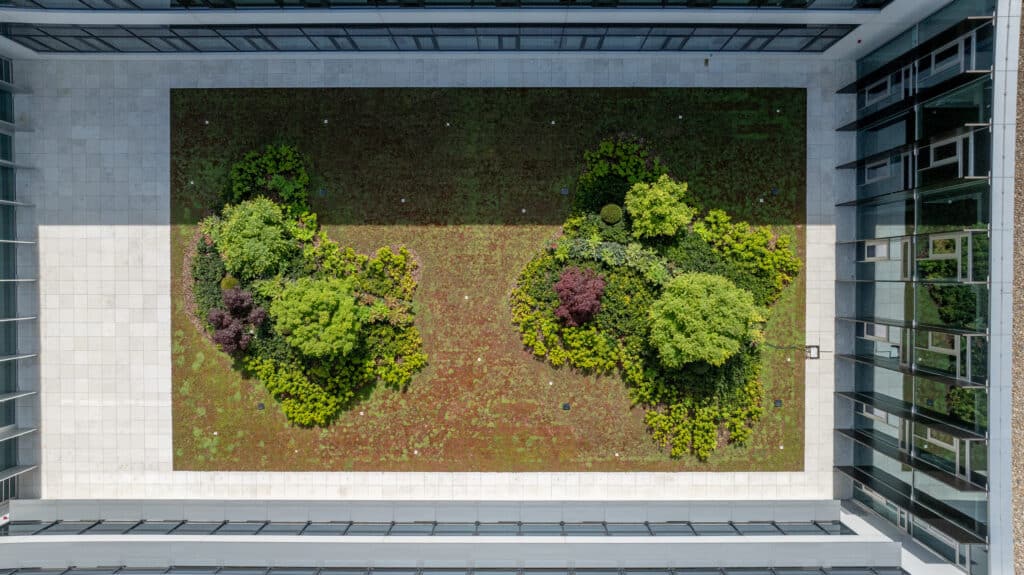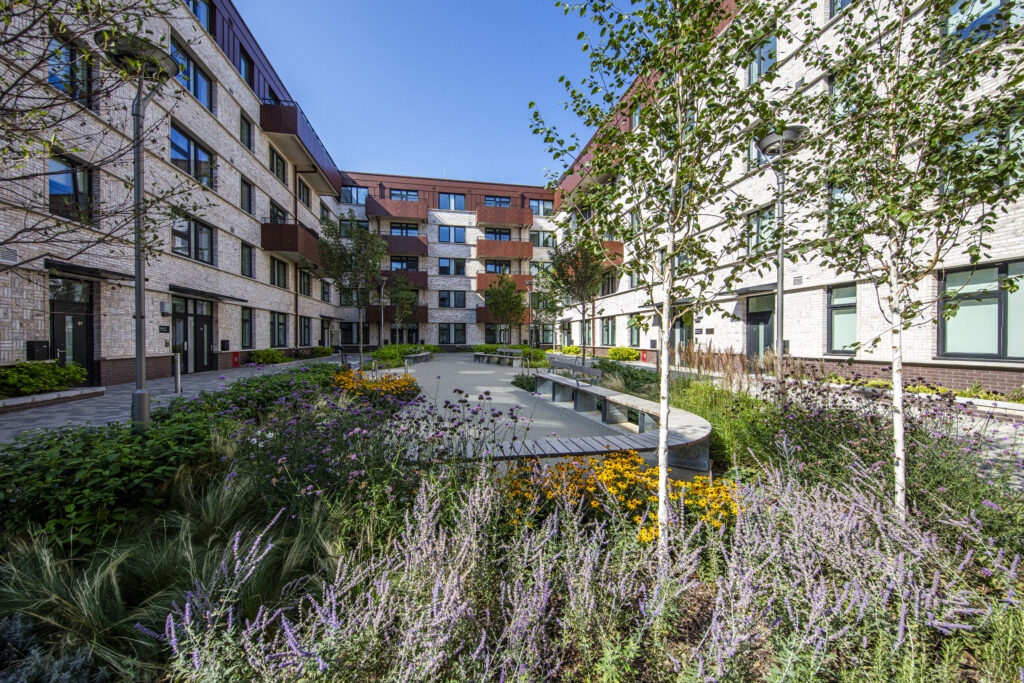In the last half-century, humanity has accomplished extraordinary milestones.
However, our achievements have come at a high cost to our planet. Currently, the species extinction rate is estimated between 1,000 and 10,000 times higher than natural extinction rates while the Living Planet Report 2018 shows population sizes of wildlife has decreased by 60% globally. It’s not only the environment that is suffering as a result of our actions; the World Economic Forum’s Global Risks Report now identifies environmental degradation, including biodiversity loss, as the top economic risk.
Today, we are at a crucial moment. The intrinsically connected crises of biodiversity loss and climate change demand urgent action and despite commitments like the Sustainable Development Goals, which aimed to foster harmony between societies and nature, progress to protect our planet has been slow. We must prioritise nature-based solutions, investing in the preservation and restoration of habitats to safeguard species, sequester carbon, and maintain well-functioning ecosystems. Neglecting these challenges will have drastic consequences on the stability of economies, jobs, and quality of life for the global population.
At Bouygues UK, we understand our responsibilities to protect the natural environment. Through our action plan, we aim to curb biodiversity loss and catalyse systemic change by inspiring and training our employees and partners. We believe that our goals outlined below are a meaningful step forward in addressing this global issue, and we are committed to ensuring they are achieved.

Corporate approach to biodiversity
For over the past 15 years, we have actively tracked ecological improvement through our BREEAM certifications. In 2023, we took a leap forward, establishing additional baselines for Biodiversity Net Gain and Urban Greening Factor. We acknowledge that these indicators are valuable tools for enhancing urban ecosystems as they guarantee improvements in biodiversity and the creation of larger green spaces in the city.

Our holistic approach to preventing disruption to biodiversity encompasses four areas of action:
Construction sites: Operating with minimal disturbances to local biodiversity. Our goal is to have zero environmental incidents on our construction sites.
Projects: Setting targets to increase biodiversity and optimise green spaces, fostering a harmonious coexistence between human development and the natural world.
Off-site commitment: Prioritising sourcing construction materials from suppliers with robust certifications that ensure biodiversity-respectful practices throughout the entire project life cycle.
People: Placing people at the heart of our strategy, we aim to instigate systematic change within our organisation and beyond. This is represented by our goal to train 100% of our staff on biodiversity and ecosystem improvements. Additionally, we engage with our supply chain to ensure that our partnerships align with our biodiversity ambitions.
In order to meet our targets, we are committed to the following steps:
Step 1 – Lay the foundation
Monitor, report & verify:
- Conduct Biodiversity Net Gain (BNG), Urban Greening Factor (UGF), and Responsible Sourcing of Materials assessments for each live project.
- Progress on our responsible sourcing targets for primary construction materials.
- Undertake an Environmental Impact Assessment for our three primary construction materials.
Step 2 – Reduce our impact
Biodiversity and environment workshops and implementation plans:
- Host a biodiversity workshop at Stage 2, led by a suitably qualified ecologist and supported by one of our sustainability managers and member of our project team.
- Develop bespoke biodiversity plans for all projects.
- Based on the action plan, ensure best approach to biodiversity enhancement by follow-up workshops at each RIBA stage and key project milestones.
- Continue implementing environmental plans to identify and address key on-site risks.
- Conduct workshops across all projects to address key biodiversity and environmental risks and incidents in the past two years, providing recommendations to avoid them in future.


Prioritise responsible sourcing and material usage:
- By reducing the need for raw materials, prioritising reused materials, and utilising existing responsible sourcing and certification schemes, we will lessen the impact on offsite ecosystems caused by material sourcing activities.
- Our strategy to implement this step has been carefully developed as part of the carbon and waste & materials pillars.
Step 3 – Restore and regenerate
- Achieve a minimum of 10% improvement in Biodiversity Net Gain for all projects.
- Achieve at least 0.3/0.4 improvement in Urban Greening Factor on all projects.
Step 4 – Transform
Inspire our employees:
- Continue to develop engaging online biodiversity and sustainability training modules to upskill our teams and help them translate biodiversity considerations into their daily roles and lives.
- Focus on training our designers and development managers on Biodiversity Net Gain principles, empowering them to push biodiversity boundaries in every project.
Engage with the supply chain:
- Mandate biodiversity training for tier 1 companies in our supply chain.
- Collaborate with our supply chain to comprehensively assess our impact on nature, understand dependencies, and identify potential risks.
Develop improvement strategies:
- Digitalise the reporting function of the environmental incident process, ensuring efficiency and accuracy in monitoring and responding to incidents.
- Develop an operational plan to facilitate ongoing monitoring towards our commitments on an annual basis, enabling us to publicly report on key areas of progress.

While our Biodiversity & Environment pillar primarily focuses on biodiversity protection and enhancement, it should be considered closely alongside our waste and materials pillar. The latter addresses the reduction of raw material reliance, thereby minimising ecological impact off-site.
Additionally, the water pillar aligns strongly with our efforts to protect biodiversity by managing water on-site, emphasising blue – nature solutions.
Considering all of the pillars set out within our Climate & Environment strategy as a whole provides a comprehensive understanding of our commitment to biodiversity protection throughout all our activities.
Alejandra Blanco, Sustainability Lead
